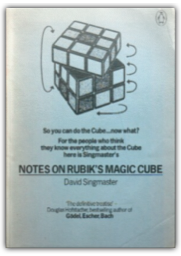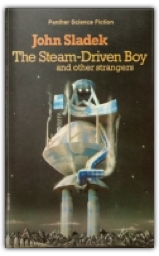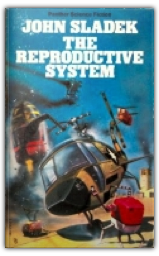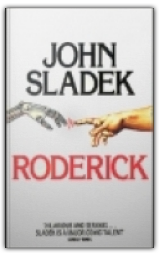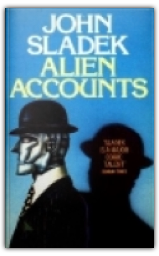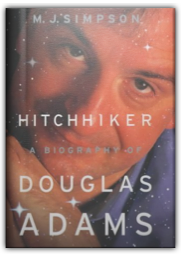 Hitchhiker: A Biography of Douglas Adams
M. J. Simpson
Hitchhiker: A Biography of Douglas Adams
M. J. Simpson
The untimely death of Douglas Adams was a sharp reminder of what a protean talent (and remarkable character) the man was. As MJ Simpson's Hitchhiker: A Biography of Douglas Adams reminds us, when The Hitchhiker's Guide to the Galaxy appeared as a radio series, few could guess that its gifted author would, in the space of several books (and adaptations in various other media), single-handedly inaugurate a whole new genre: the sardonically funny, outrageous science fiction parody that combined the sharp-edged sensibility of Monty Python and a marvellously jaded view of British life (taking in some hilarious philosophical asides along the way). Many writers continue to be influenced by Adams, and a new film of Hitchhiker's Guide has been much discussed. So the time is right for this exhaustive and sympathetic biography. 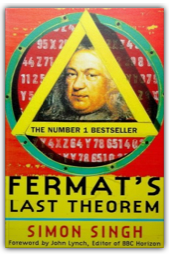 Fermat's Last Theorem
Simon Singh
Fermat's Last Theorem
Simon Singh
When Cambridge mathematician Andrew Wiles announced a solution for Fermat's last theorem in 1993, it electrified the world of mathematics. After a flaw was discovered in the proof, Wiles had to work for another year—he had already laboured in solitude for seven years—to establish that he had solved the 350-year-old problem. Simon Singh's book is a lively, comprehensible explanation of Wiles's work and of the colourful history that has build up around Fermat's last theorem over the years. The book contains some problems that offer a taste for the maths, but it also includes limericks to give a feeling for the quirkier side of mathematicians.  The Code Book: The Secret History of Codes and Code-breaking
Simon Singh
The Code Book: The Secret History of Codes and Code-breaking
Simon Singh
With their inextricable links to history, mystery and war, codes and ciphers offer a rich seam of material for any author. The relative dearth of non-technical books on the subject may be a reflection of its pretty technical foundations, which compel hard decisions about what to include and what to gloss over. Few are better qualified to take on the challenge than Simon Singh, the particle physicist turned science writer whose book Fermat's Last Theorem, recounting the dauntingly complex story behind the proof of this mathematical conjecture, deservedly became a No. 1 bestseller. 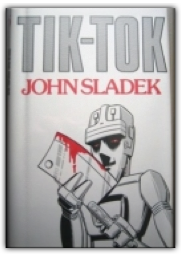 Tik-Tok
John Sladek
Tik-Tok
John Sladek
All John Sladek's SF novels showed his dark humour and fascination with robots. The farce is funniest and blackest in Tik-Tok (1983), a British SF Association Award-winner.  The Complete Roderick
John Sladek
The Complete Roderick
John Sladek
John Sladek was one of SF's premier satirists, and The Complete Roderick is his masterpiece—a dark comedy of artificial intelligence, previously split into Roderick (1980) and Roderick at Random (1983). |
 Made with Delicious Library
Made with Delicious Library
London, State zipflap congrotus delicious library Scott, Mike





